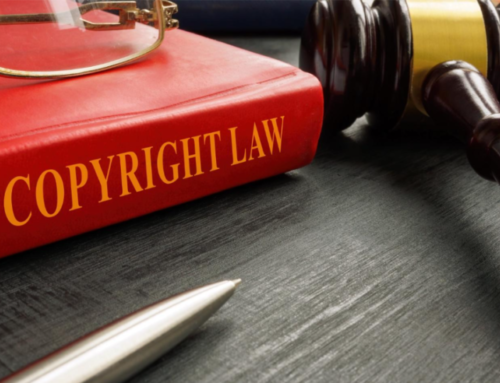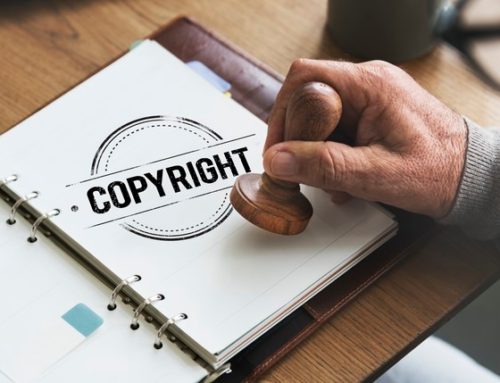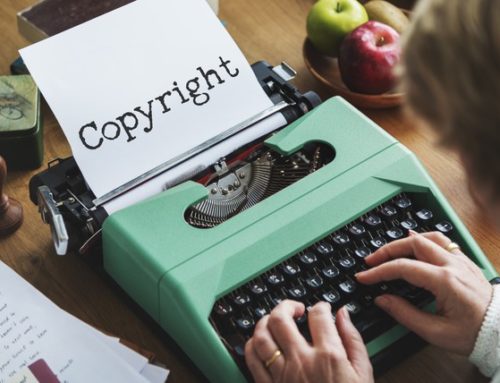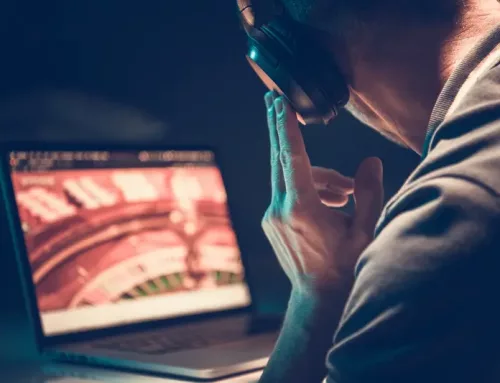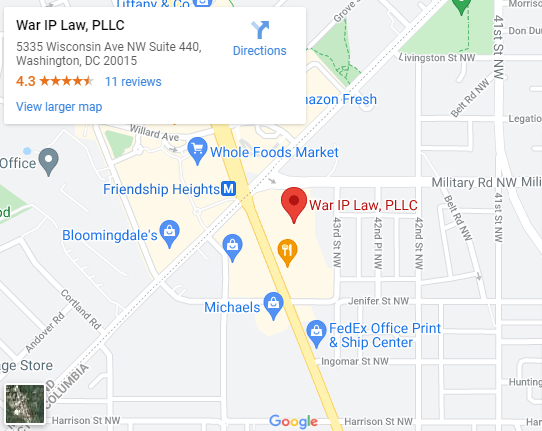
“MYTH BUSTING” stamped on a brown envelope with the stamp.
The Myth Of The 30% Rule In Copyright Law
When creating original works in the forms of music, art, novels, and even computer software, creators must avoid using the work of others. Unfortunately, creators often fall for the myth of the 30% rule in copyright law, believing that they may use the work of another person as long as a third of the work is changed. This fictitious “rule,” also known as the 30-second rule and 10-percent rule, has been widely spread and often leads to lawsuits that could be avoided easily. If you have a question regarding copyrighting your work or stopping someone else from using your work, consider calling (202) 800-3754 to schedule a consultation with an experienced D.C. intellectual property attorney at War IP Law, PLLC.
What Is Protected by Copyright?
Ideas alone are not protected by copyright, but the expression of those ideas is protected. Some common works that may be copyrighted, according to the United States Copyright Office, are as follows:
- Literary, musical, and dramatic works
- Choreography
- Sculptures
- Sound recordings
- Computer programs
- Architectural designs
- Movies
This is not a comprehensive list. Many types of authored works may be copyrighted if they are original and in a tangible medium. The work has to be able to be perceived, reproduced, or communicated, not just thought of. In addition, the work must be registered with the United States Copyright Office if the owner wants to bring a lawsuit against an infringer.
How Much Can You Copy Without Infringing Copyright?
There is no magic number of words, aspects, or parts of an original work that a person may copy before he or she is considered to be infringing on a copyright. Whether it is seconds of a song, a number of words in a novel, or shapes in a carpet pattern, the answer is unclear as to how much is too much. There is no actual 30% rule in copyright law, and starting with someone else’s work could be a costly mistake. Sometimes, it is acceptable to copy parts of another person’s authored work, but it is difficult to determine exactly where the line is for acceptability. Only the copyright owner can authorize someone else to create a new version of his or her work, but a court might deem a particular use acceptable if presented with a case.
Acceptable Times for Copying Original Works
At times, it may be acceptable to use the copyright-protected works of others but only under specific circumstances, including with express permission from the original author, with works in the public domain, or under fair use.
Express Permission
An author of an original work of music, art, software, photography, etc. could give express permission for his or her work to be copied for nothing in return. However, it is more likely that the owner would sell his or her licensing rights. Purchasing licensing rights would lay out parameters of use and permit such use for a one-time or ongoing fee.
Government assets do not need a license, as works created by a government employee or agency are not protected. Therefore, the public already has permission to use them.
Public Domain
Once original works have been around long enough, the copyright expires and/or the copyright is not renewed. These works then enter the public domain. Once they have entered the public domain, permission is no longer needed. Copyright owners can also place their work in the public domain whenever they choose.
Fair Use
Under the legal doctrine of fair use, limited portions of a work may be used for purposes that include scholarly reports, news reporting, commentary, and criticism. Fair use will not apply, however, if the work is being used for commercial purposes. The United States Copyright Office maintains the Fair Use Index to help make fair use more easily understood by the public. The Index provides a database of court opinions to help attorneys and non-attorneys see prior circumstances that led to the use being determined to be fair or not. The searches may be conducted by category and type of use. A skilled lawyer from War IP Law, PLLC may be able to help.
Four Factors Used by the Court in Evaluating Fair Use
If a lawsuit is filed by the author of a copyright-protected work, and the defense of fair use is used, the court will use four main factors to evaluate that defense:
- How the person claiming fair use is using the work, such as if it is for a commercial purpose or nonprofit educational purpose
- The nature of the copyrighted work. The purpose of copyrighting is to encourage creative expression, so using someone’s creative work is less likely to be seen as fair
- How much of the original work is being used in relation to the work as a whole
- How the use affects the potential use and value of the copyrighted work
The court will weigh the circumstances on a case-by-case basis, as there is no exact formula to determine fair use. A subjective determination must be made using statutes and case law as guides. There is risk involved if using another person’s original work while planning to use the defense of fair use if the original author files a claim for infringement. Therefore, many people find it beneficial to consult with an attorney regarding questions about fair use and copyright infringement.
How Much Do I Need To Change an Image To Avoid Copyright Infringement?
Unfortunately, there are no specific rules for how many elements need to be changed in an image to avoid infringement. Every situation is different and subjective. In a case from the Northern District of Illinois, Kienitz v. Sconnie Nation, LLC, according to the United States Copyright Office, a T-shirt was produced using a photo taken by Michael Kienitz of Paul Soglin, then mayor of Madison, Wisconsin. The photo was changed in several aspects, including the background. The color of the mayor’s face was changed to an atypical color. The court in that case found that the use of the image on the T-shirt was fair, that it was a compliment that could be permitted rather than a substitute that must be prohibited.
Contact an Intellectual Property Attorney To Discuss Your Rights Today
Avoid falling victim to the myth of the 30% rule in copyright law to protect yourself from infringing on someone else’s copyright. If you are a creator, you may want to know more about copyrighting your original work or what to do if someone has copied your work. To learn about your rights to protect your intellectual property, consider contacting a knowledgeable intellectual property attorney from War IP Law, PLLC by calling (202) 800-3754 to schedule a consultation today.

